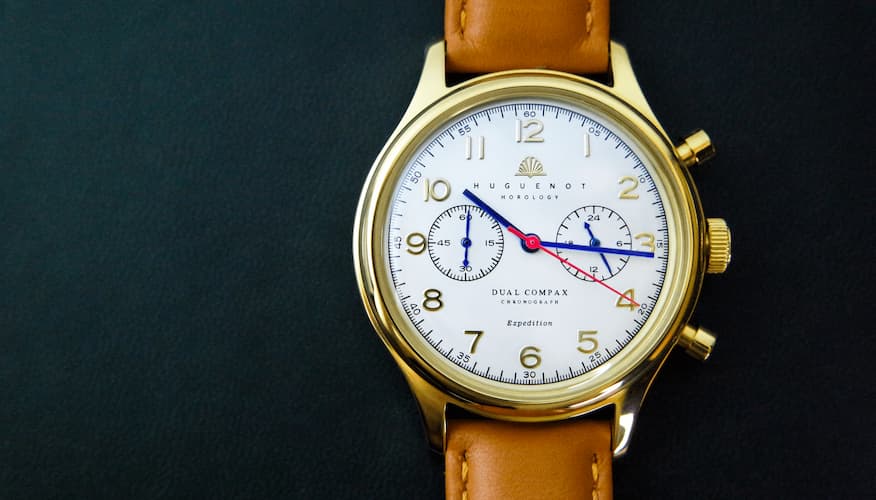A GUIDE TO WATCH MOVEMENTS
The movement of a watch is arguably the most critical component as it is what makes them “tick”. As the source power for the device, a watch’s movement usually fits into the mechanical or quartz categories. Mechanical watches are driven by a collection of gearwheels, springs and other parts and are represented as automatic or manual pieces.
Quartz movements on the other hand are made with electrical circuitry, requiring a battery to function. While quartz movements are more accurate and use a long-lasting power source, mechanical watches are often prized by collectors due to the inherent difficulty in their construction. Choosing the type of movement in a watch comes down to personal preference and so in this short guide, we look at the different movements and their individual characteristics to help you choose your next watch.


